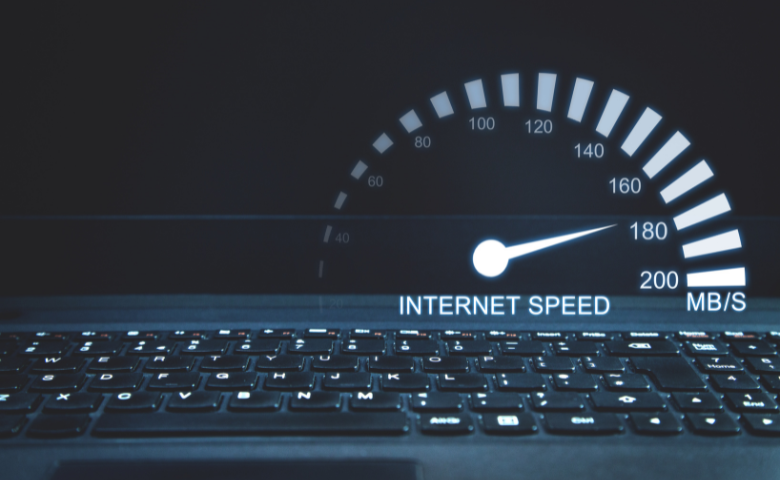- TV
How to Get Premium Channels with Your Cable TV Bundle?
Access to exclusive entertainment content is a priority for many viewers seeking a richer television experience. Premium chan...
Explore More
In an era where high-speed internet has become essential for personal and professional activities, choosing the right internet technology is paramount. The United States boasts diverse internet technologies, each vying for the title of delivering the fastest speeds. In this article, we delve into the landscape of internet technologies in the USA to determine which one reigns supreme in providing lightning-fast connectivity.
Fiber optic networks stand at the pinnacle of high-speed internet technology, renowned for their unmatched speeds and reliability. Leading the charge is Verizon Fios, a household name synonymous with blazing-fast internet connections. Leveraging Fiber-to-the-Home (FTTH) infrastructure, Fios delivers gigabit-speed internet to subscribers, enabling seamless streaming, gaming, and productivity. Similarly, Google Fiber and AT&T Fiber have carved out their niches in the market, offering lightning-quick internet access through state-of-the-art fiber optic cables, with data transmitted via light signals; fiber optic networks set the gold standard for speed and performance in the USA.
A stalwart in high-speed internet, cable internet continues to captivate consumers with its robust performance and widespread availability. Brands like Xfinity by Comcast, Spectrum, and Cox Communications have become the go-to choices for fast and reliable internet connections; with advancements like DOCSIS 3.1 technology, cable internet providers can deliver speeds that rival fiber optics in many areas. Using coaxial cables to transmit data, cable internet ensures seamless online experiences for households across the USA, making it a formidable contender for fast internet speeds.
The dawn of 5G wireless technology heralds a new era of connectivity, promising lightning-fast speeds and ultra-low latency. Major providers such as Verizon, AT&T, T-Mobile, and Dish Network are spearheading the 5G revolution, expanding their networks to deliver gigabit-speed internet wirelessly. With 5G, users can enjoy blazing-fast downloads, buffer-free streaming, and immersive online gaming experiences. This next-generation technology is reshaping the digital landscape, offering unparalleled speed and reliability to urban and suburban areas across the USA.
In underserved and rural areas where traditional wired connections may not reach, fixed wireless internet emerges as a viable solution for high-speed connectivity. Companies like Starry Internet and Rise Broadband utilize radio signals to deliver fast and reliable internet access to homes and businesses. While fixed wireless speeds may not always match those of fiber optics or cable, technological advancements have significantly improved speed and reliability, bridging the digital divide and bringing high-speed internet to communities across the USA.
For remote and rural areas where traditional wired connections are not feasible, satellite internet offers a lifeline to high-speed connectivity. Providers like Viasat and HughesNet leverage satellite technology to deliver internet access to underserved regions, offering improved speeds over the years. While satellite internet may have higher latency and data caps than other technologies, it remains a crucial option for bridging the digital divide and ensuring that all Americans can access high-speed internet.
While DSL technology may not offer the blazing-fast speeds of fiber optics or cable, it remains a viable option for high-speed internet access in certain areas. Providers like AT&T, Frontier, and CenturyLink offer DSL services, utilizing existing telephone lines to deliver internet connectivity. However, speeds can vary depending on factors such as distance from the provider's central office, making it essential for consumers to verify available speeds before subscribing.
The quest for the fastest speeds continues unabated in the ever-evolving landscape of internet technologies. From fiber optic networks and cable internet to 5G wireless and fixed wireless solutions, consumers in the USA are spoilt for choice regarding high-speed internet options. By understanding the strengths and limitations of each technology, consumers can make informed decisions to ensure they have the fast and reliable internet connectivity they need to thrive in today's digital age.
Latest insights, tips, and updates from our experts.
Admin
Which Of The Following Provides The Highest Speed Internet Connection In USA